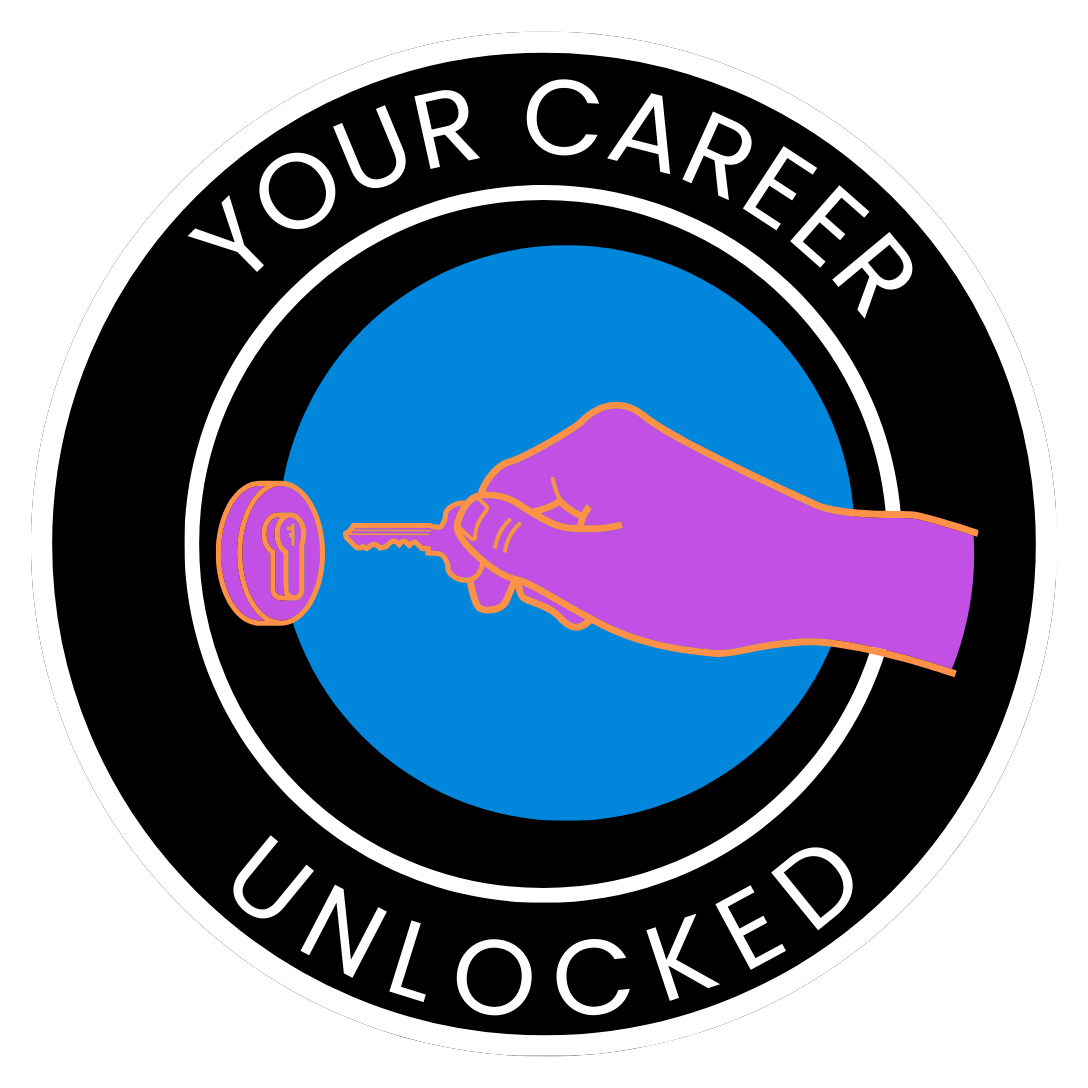Have you ever stared at a blinking cursor, unsure of how to phrase a question—or worse, unsure of what to even ask? You’re not alone. When it comes to using tools like ChatGPT, one of the biggest barriers for beginners isn’t the technology itself but learning how to ask questions that lead to useful, actionable answers.
The good news? Asking the right questions is a skill, and like any skill, it can be learned. This guide will help you master the art of crafting effective prompts, so you can unlock the full potential of ChatGPT.
Why Asking the Right Questions Matters
Think of ChatGPT as an ultra-smart conversational partner. The quality of its responses often depends on the clarity of your questions. Imagine asking a chef, “What’s a good recipe?” vs. “What’s a quick, healthy dinner recipe that uses chicken and vegetables?” The first question might get you a random suggestion, while the second is far more likely to give you exactly what you’re looking for.
In other words, specificity is the secret sauce.
Step 1: Start with Clear Goals
Before you even start typing, take a moment to reflect on what you need. Are you looking for ideas, solutions, or step-by-step guidance? The more you know about your end goal, the easier it will be to craft a question.
For example:
- Goal: Find a new hobby.
- Ask: “What are some hobbies I can start at home with minimal cost?”
- Goal: Improve your fitness routine.
- Ask: “What are some beginner-friendly strength training exercises I can do at home?”
Clarity in your goals helps ChatGPT align its answers with your expectations.
Step 2: Experiment with Open-Ended vs. Specific Questions
Not every question needs to be laser-focused. Open-ended prompts are great for brainstorming, while specific ones are ideal for solving concrete problems. Here’s how to use both effectively:
- Open-Ended Example: “What are some creative ways to spend a rainy afternoon?”
- Ideal for when you’re looking to explore ideas without constraints.
- Specific Example: “What are three fun indoor activities for kids aged 5-7 on a rainy day?”
- Perfect when you need actionable, tailored advice.
Both types of questions have their place, so don’t hesitate to mix and match depending on your needs.
Step 3: Provide Context
Context is everything. ChatGPT can only offer answers based on what you tell it, so adding relevant details can make a world of difference.
Weak Prompt: “Suggest career advice.”
Strong Prompt: “I’m transitioning from marketing to UX design. What skills should I focus on to land my first job in this field?”
The more background you provide, the better ChatGPT can customize its responses.
Step 4: Embrace the Power of Iteration
Your first question doesn’t have to be perfect. In fact, one of the best ways to use ChatGPT is through iterative questioning—asking follow-ups to refine your answers.
- Initial Question: “What’s a good morning routine?”
- Follow-Up: “Can you suggest a routine that balances productivity and mindfulness?”
- Further Refinement: “What are specific mindfulness practices I can do in 10 minutes or less?”
This process transforms a vague starting point into a detailed and actionable plan.
Step 5: Don’t Overthink It—Just Start
If you’re feeling stuck, remember that ChatGPT is here to help, not judge. You can even ask it to guide your thinking process. For example, say, “I’m not sure what to ask, but I want help organizing my thoughts about starting a new business.” From there, ChatGPT can offer suggestions or guide you toward better clarity.
Pro Tips for Asking Better Questions
- Use “What if” Scenarios: Great for brainstorming and creative problem-solving.
- Example: “What if I wanted to plan a vacation with a $1,000 budget—where could I go?”
- Request Examples: When learning something new, examples make abstract ideas concrete.
- Example: “Can you show me an example of a SMART goal for time management?”
- Ask for Step-by-Step Guidance: Ideal for breaking down complex tasks.
- Example: “How can I learn the basics of coding in three months?”
Final Thoughts: Making ChatGPT Your Partner in Problem-Solving
At its core, ChatGPT is a tool designed to make your life easier. Whether you’re brainstorming ideas, tackling a tough problem, or just looking for a fresh perspective, the way you ask questions shapes the quality of your experience. Start with clear goals, refine your prompts, and don’t be afraid to iterate.
Before you know it, you’ll be asking questions like a pro—and discovering just how much this AI assistant can do for you. So go ahead, type that first question. ChatGPT is ready to help you explore, create, and solve!

